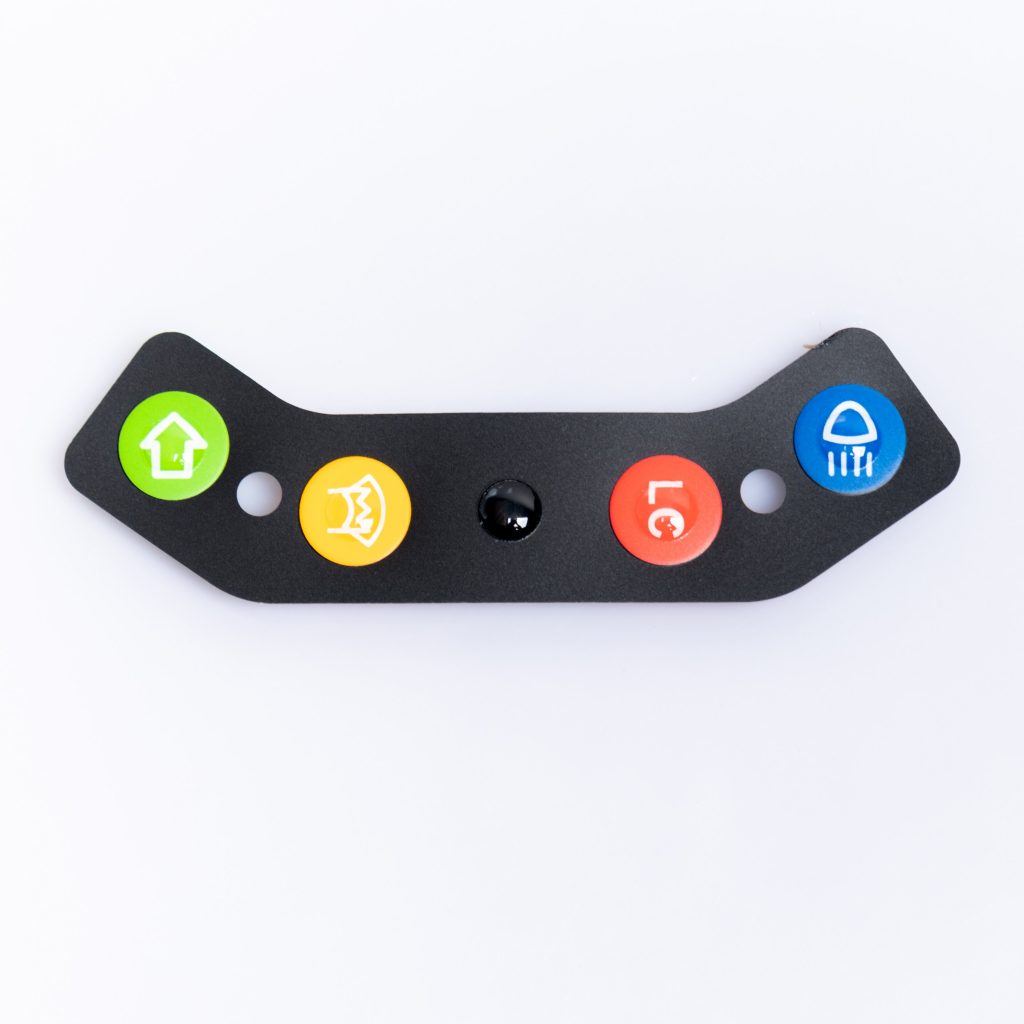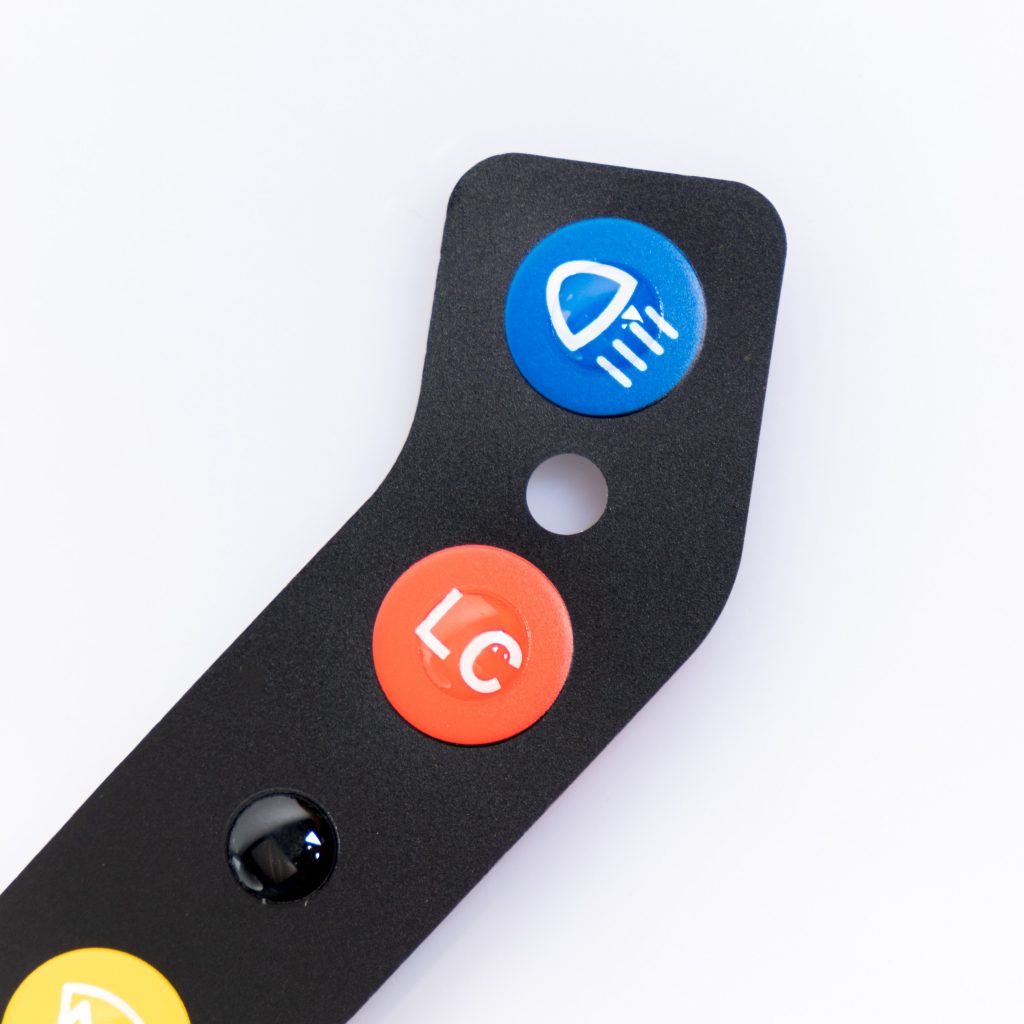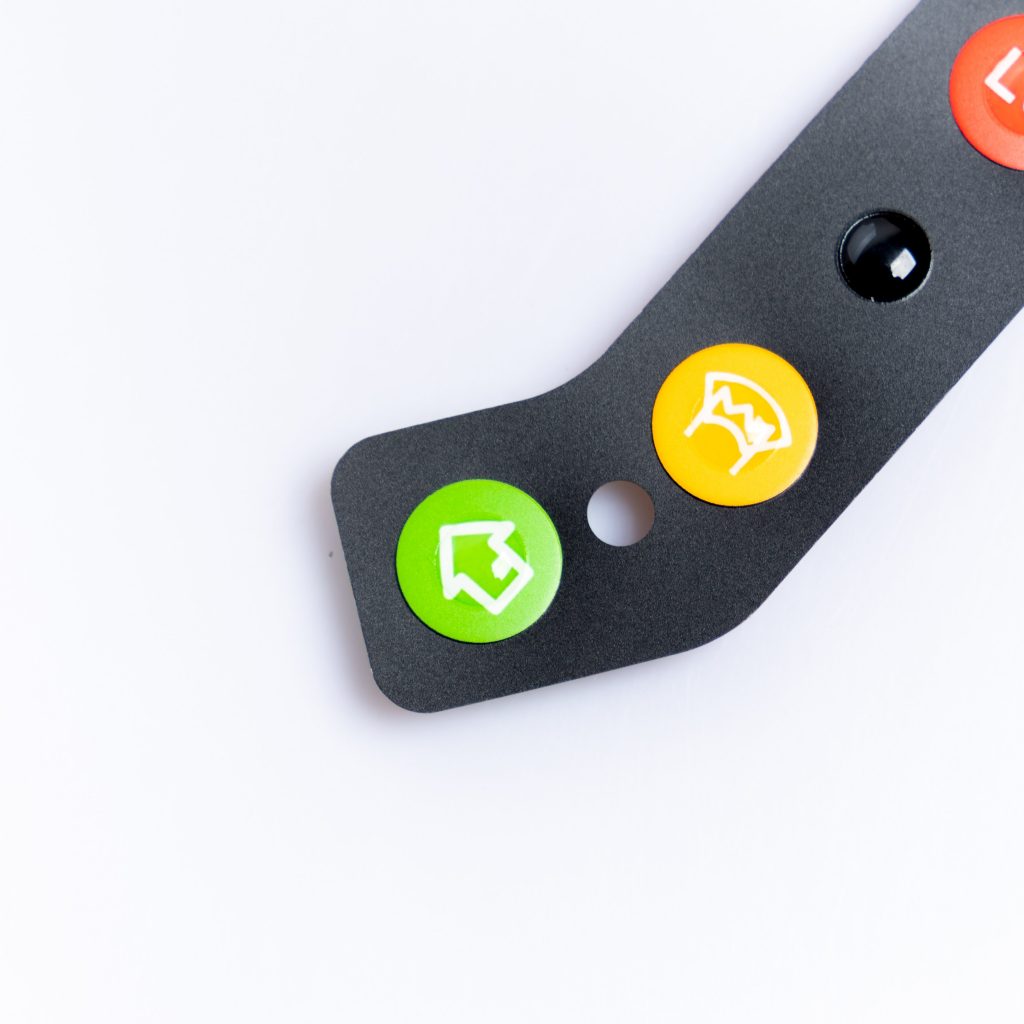Contact
Write to Us And We Would Be Happy to Advise You.
Do you have any questions, or would you like to speak directly with a representative?
By hqt
Creating a prototype before moving to mass production is a critical step in the development of membrane switches. This process offers numerous advantages that can significantly impact the success of the final product. But is it truly necessary? Here’s why making a prototype is not just important but essential for membrane switches.



Prototyping allows designers to verify that the membrane switch’s design meets all specifications and functional requirements. Before investing in large-scale production, a prototype helps confirm that the layout, button placement, and overall design are accurate. It’s much easier to spot and correct design flaws at this stage, saving time and resources.
Functionality is key when it comes to membrane switches. A prototype provides a tangible model to test how the switch performs under various conditions. Whether it’s verifying the tactile response of buttons, testing the durability of materials, or ensuring proper electrical connections, a prototype enables comprehensive testing to ensure that the switch works as intended.
Different materials can affect the performance and appearance of membrane switches. By creating a prototype, you can test the chosen materials to ensure they meet the desired criteria. This step is crucial for evaluating factors like flexibility, durability, and resistance to environmental factors such as moisture or temperature changes.
Identifying issues during the prototype phase can lead to significant cost savings. Making adjustments to a prototype is far less expensive than altering a full production run. Prototypes allow for tweaking designs, materials, and manufacturing processes without the financial risk associated with mass production errors.
For custom membrane switches, a prototype is an invaluable tool for gaining client approval. It provides clients with a physical example of the final product, allowing them to provide feedback and request changes if necessary. This ensures that the final product aligns with their expectations and requirements, reducing the likelihood of costly revisions later on.
While creating a prototype might seem like an additional step, it can actually reduce the time to market. By resolving potential issues early in the development process, you avoid delays that could arise from addressing these problems during mass production. A well-tested prototype streamlines the production phase, allowing for faster, smoother manufacturing.
Ultimately, the goal of prototyping is to enhance the quality of the final product. By thoroughly testing and refining a prototype, you can ensure that the membrane switch meets the highest standards of performance and reliability. This focus on quality not only benefits the end-user but also strengthens your brand’s reputation.
Prototyping is not just an optional step in the production of membrane switches—it’s a vital one. By investing in a prototype, you ensure design accuracy, functionality, and material suitability while also saving costs and time. Most importantly, prototyping leads to a higher quality product that meets client expectations and performs reliably in real-world applications.
Do you have any questions, or would you like to speak directly with a representative?